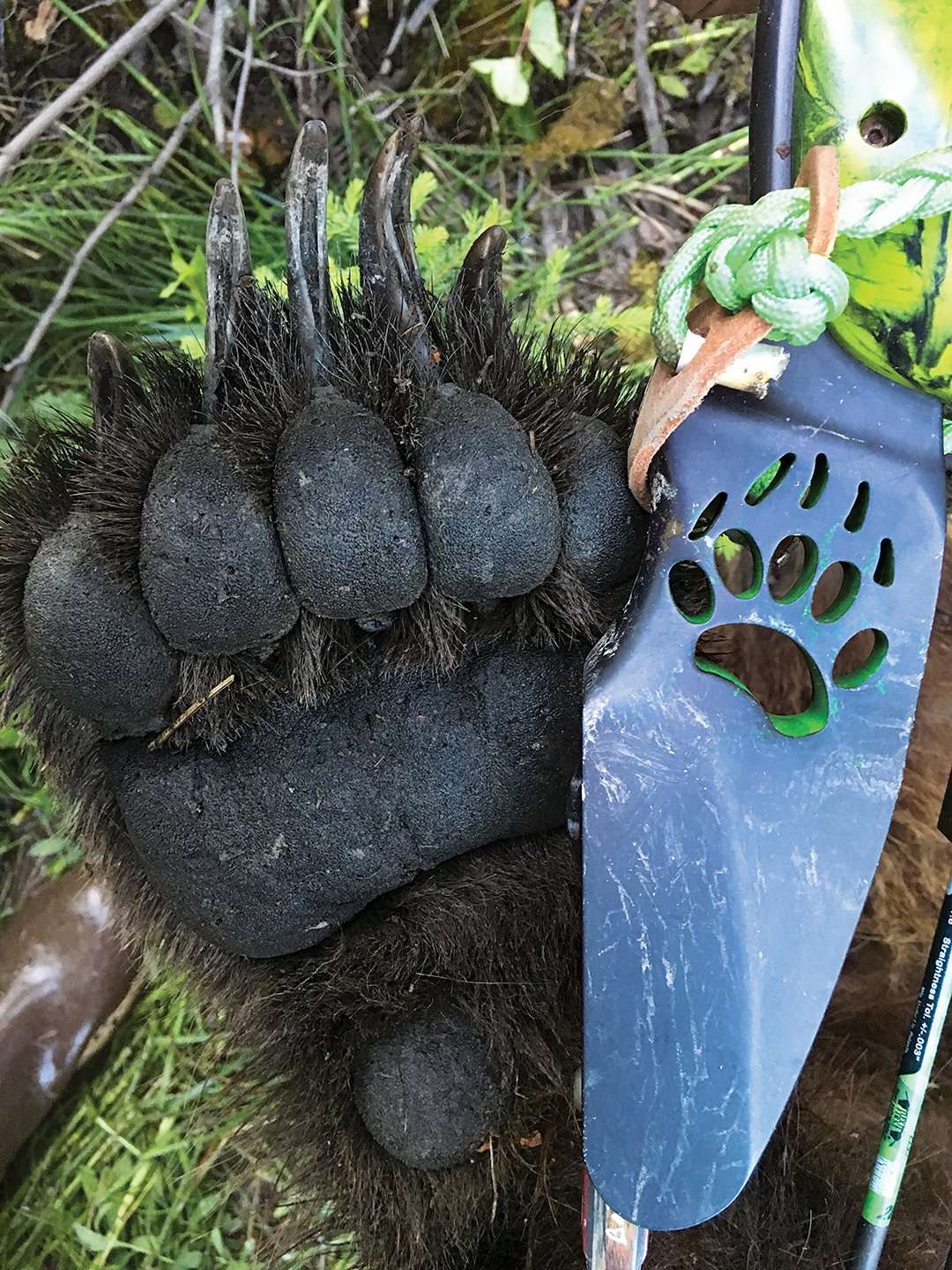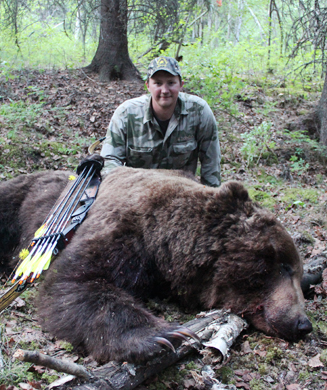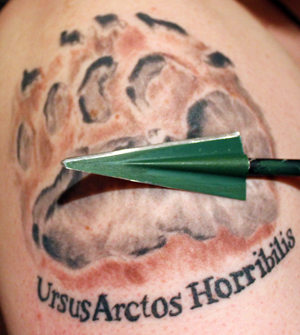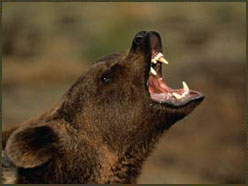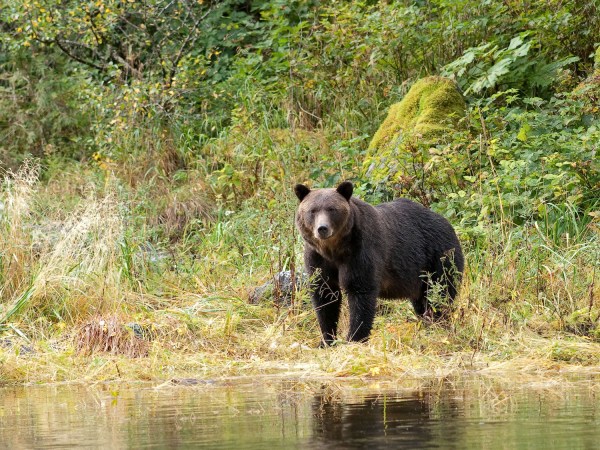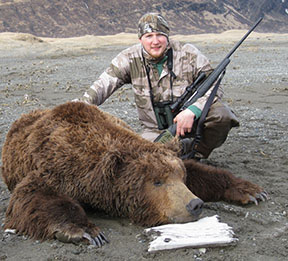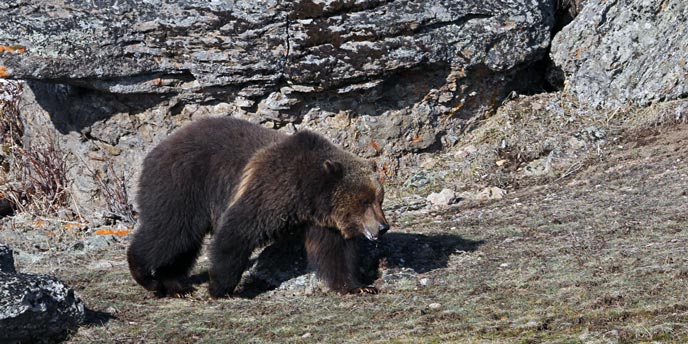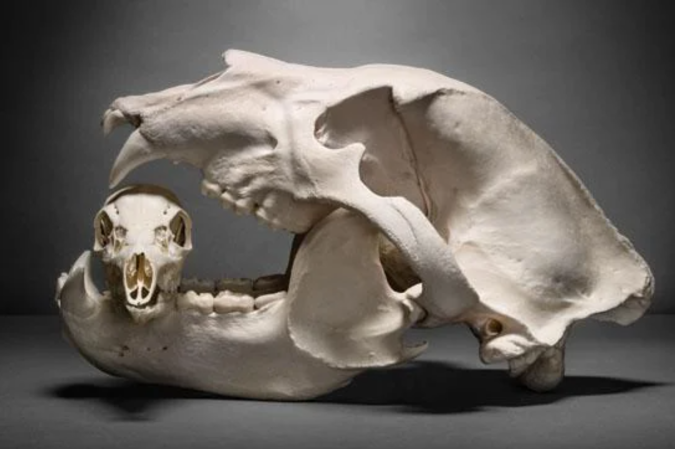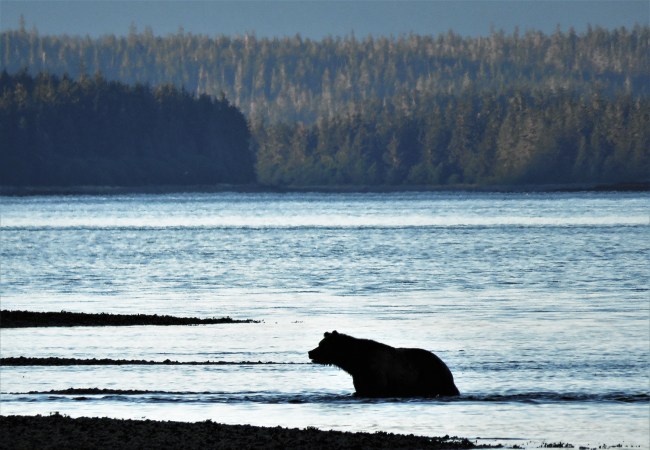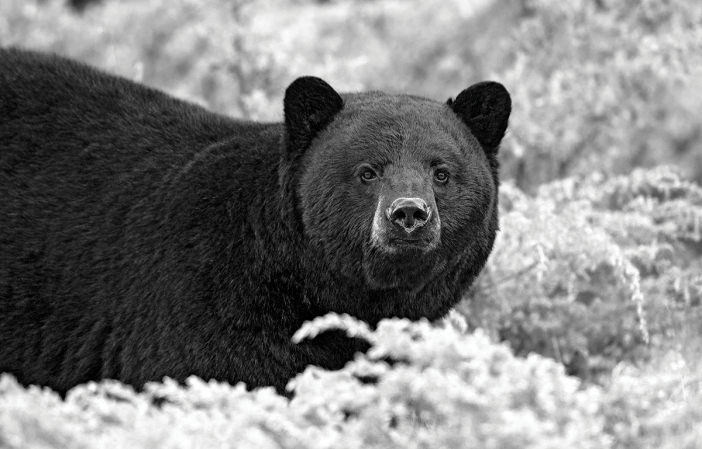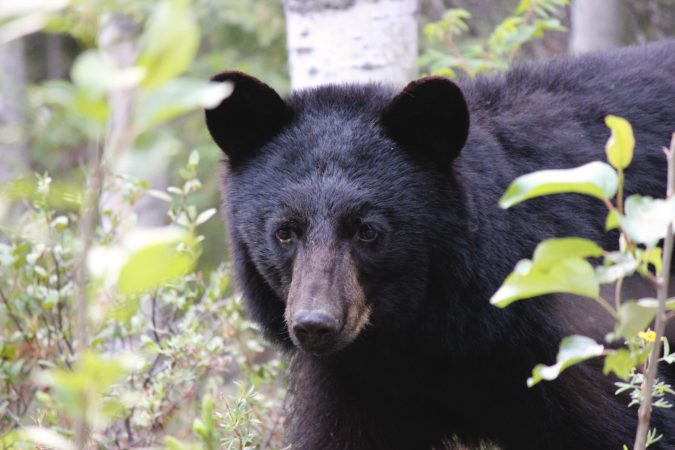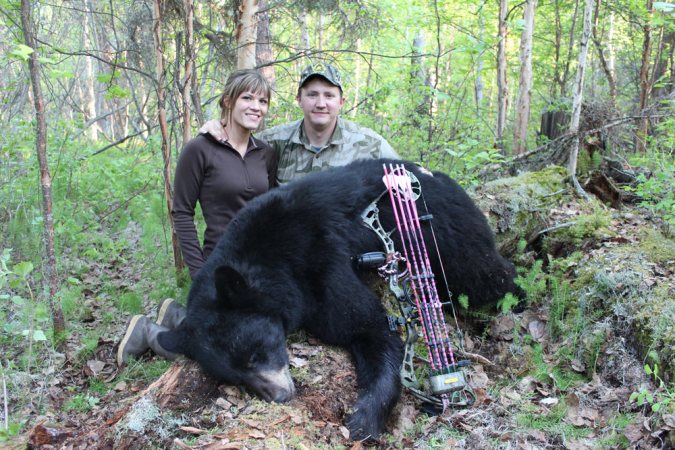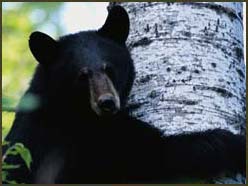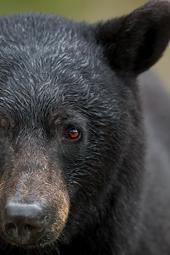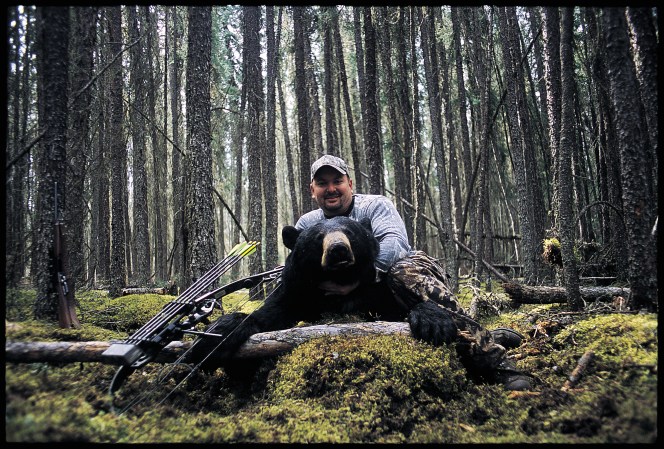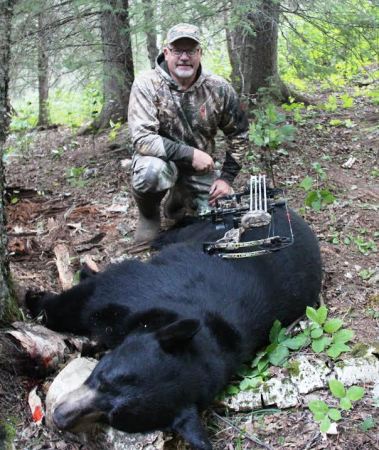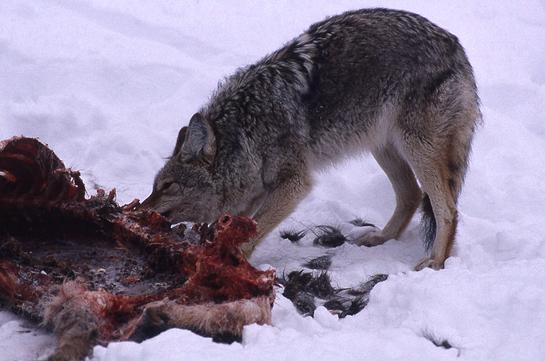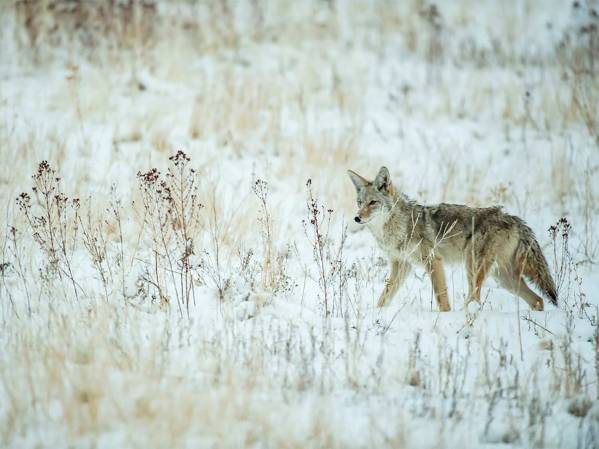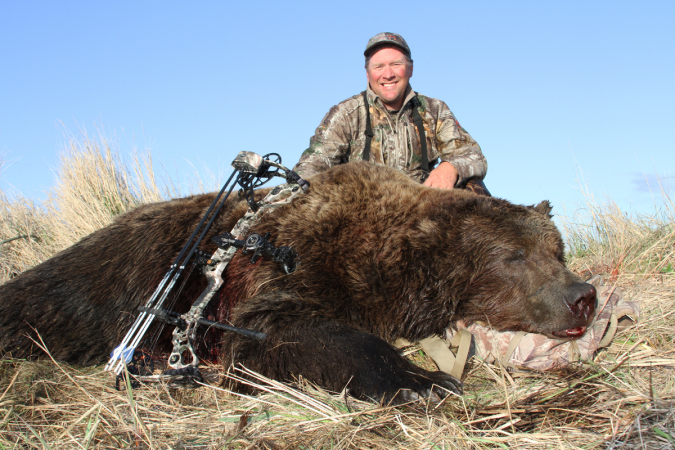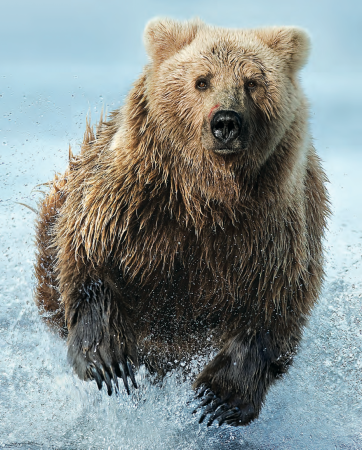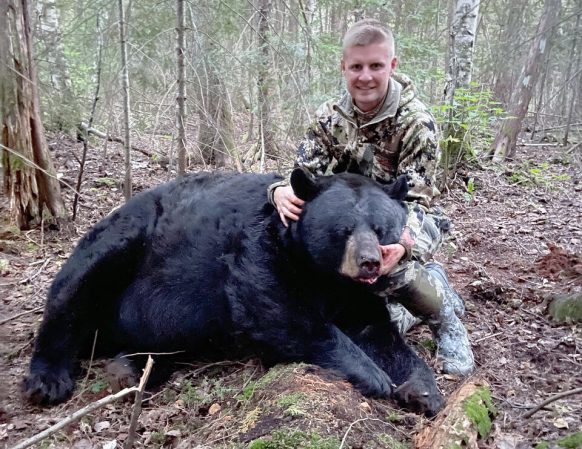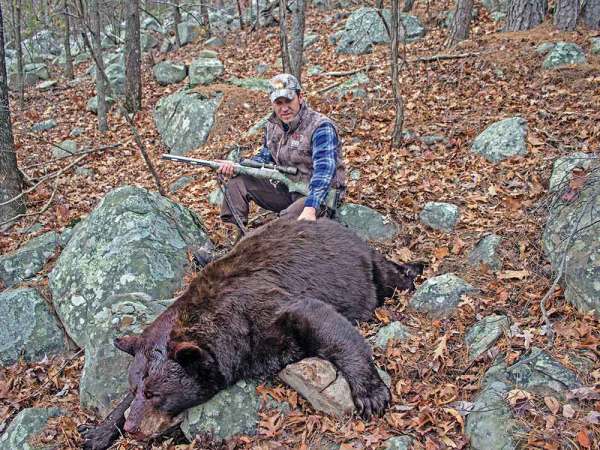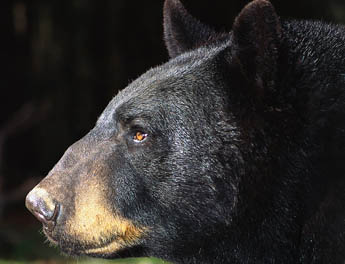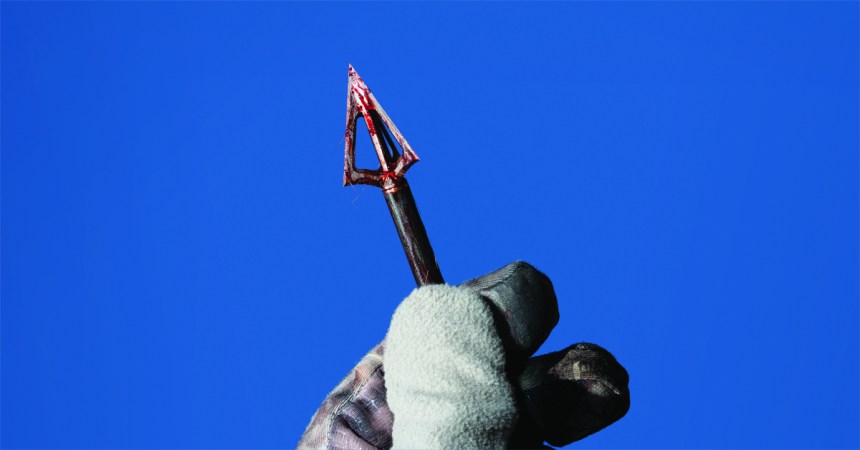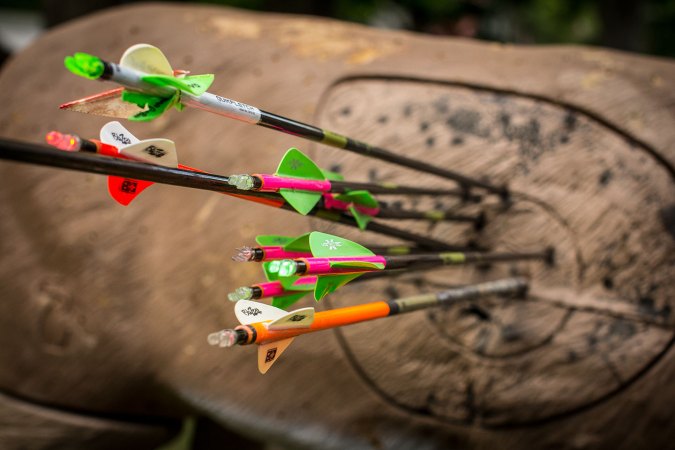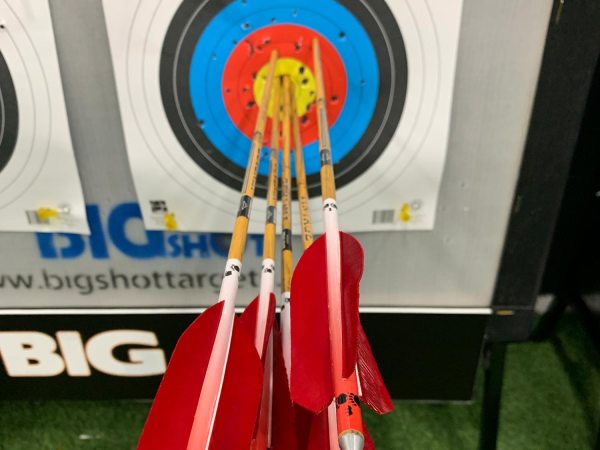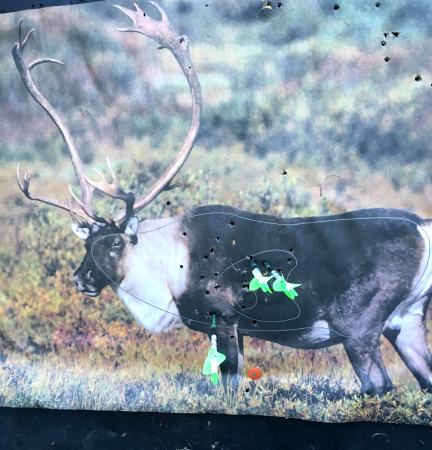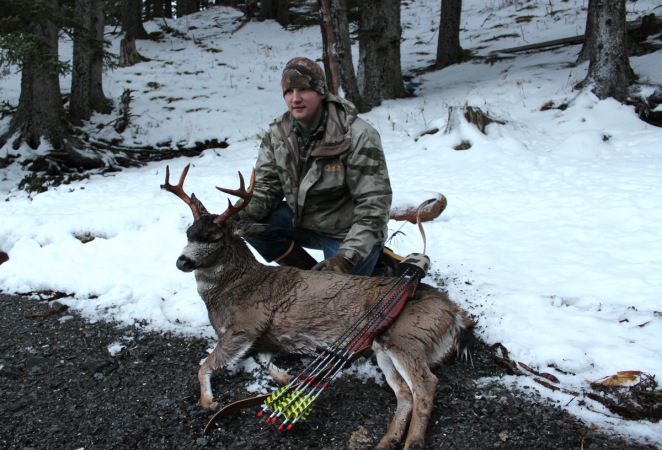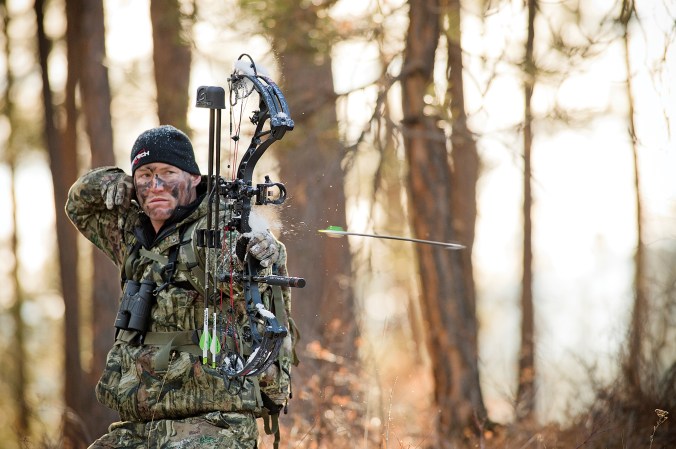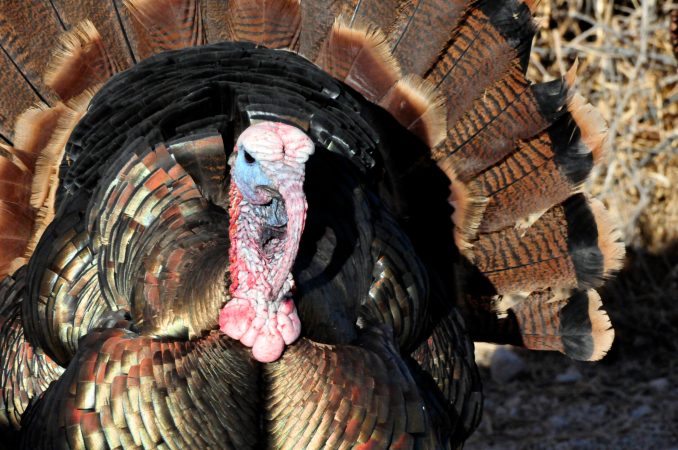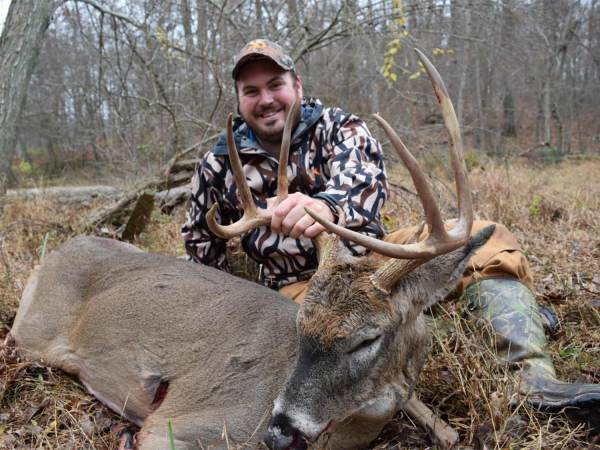So you’ve got quite a few deer under your belt, and you’re confident with a bow in your hands. But when we’re talking about an animal with a nose better than a whitetail’s, that’s born with a bad attitude, and that can eat you, things change a bit.
Your archery setup needs to be good, but to take on a bear, you need to be mentally prepared.
USE THE RIGHT EQUIPMENT:
Grizzly and brown bears carry a status that, in a lot of ways, is completely mythical. They are just as mortal as any other animal. In Alaska, a bow with a peak draw weight of at least 50 pounds and arrows that weigh at least 300 grains are required.
A 50-pound bow is totally adequate but may limit your shot opportunities. More important is your arrow and broadhead selection. You want to maximize your effectiveness by selecting a heavy arrow (ideally more than 600 grains), and a solid, tough, and deep-penetrating broadhead. Bears are killed every year with lighter arrows and flimsier expandable broadheads, but it’s a good idea to use equipment that will give you the best performance when circumstances are less than ideal.
KNOW BEAR ANATOMY
If you’re more used to hunting deer or elk, you might be surprised to know that the anatomy of a grizzly or brown bear is significantly different.
You can find all sorts of diagrams online. Most important to know is that a bear’s lungs sit a bit farther back than they do in ungulates. Bears offer a pretty sizeable kill zone to shoot at, but don’t let that cause you to be a sloppy shooter—your life can depend on it. Learn the anatomy, and practice with a 3D target in order to choose the right shot placement for different angles you might encounter.
HOLD IT ALL TOGETHER
Having the right equipment and understanding anatomy are the first steps in being ready to sling a sharp stick at these big bears. The final step is being able to put your arrow where it needs to go at the moment of truth. Being within bow range of a giant bear is intense. Buck fever is nothing like this, and you need to be able to focus through your excitement and make a good shot. Practice is key, but practice in situations that introduce stress. Shooting in 3D competitions is a great way to kick your brain into high gear while learning to tame your emotions at the same time. The vast majority of the time, grizzlies do not charge after a good shot. If they do charge, though, you need to be prepared to deal with it. Because their speed is hard to exaggerate, you need to be completely focused. A double-lunged grizzly will usually be dead within 50 yards or so, but a poorly placed shot can be disastrous. If you’re shooting the right setup, and ice runs through your veins, you are probably ready for the challenge. But keep practicing, because that one shot will make the difference between a dream trip of a lifetime and a potential nightmare.

